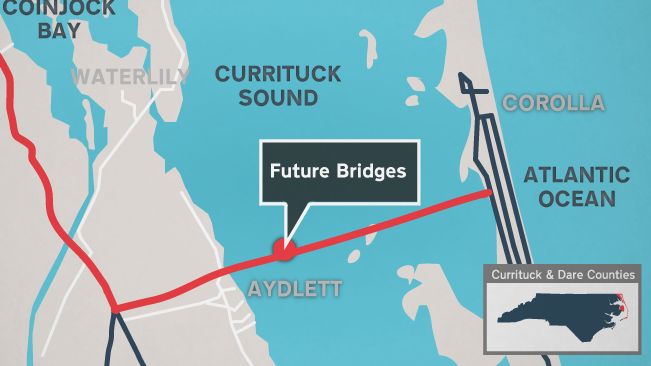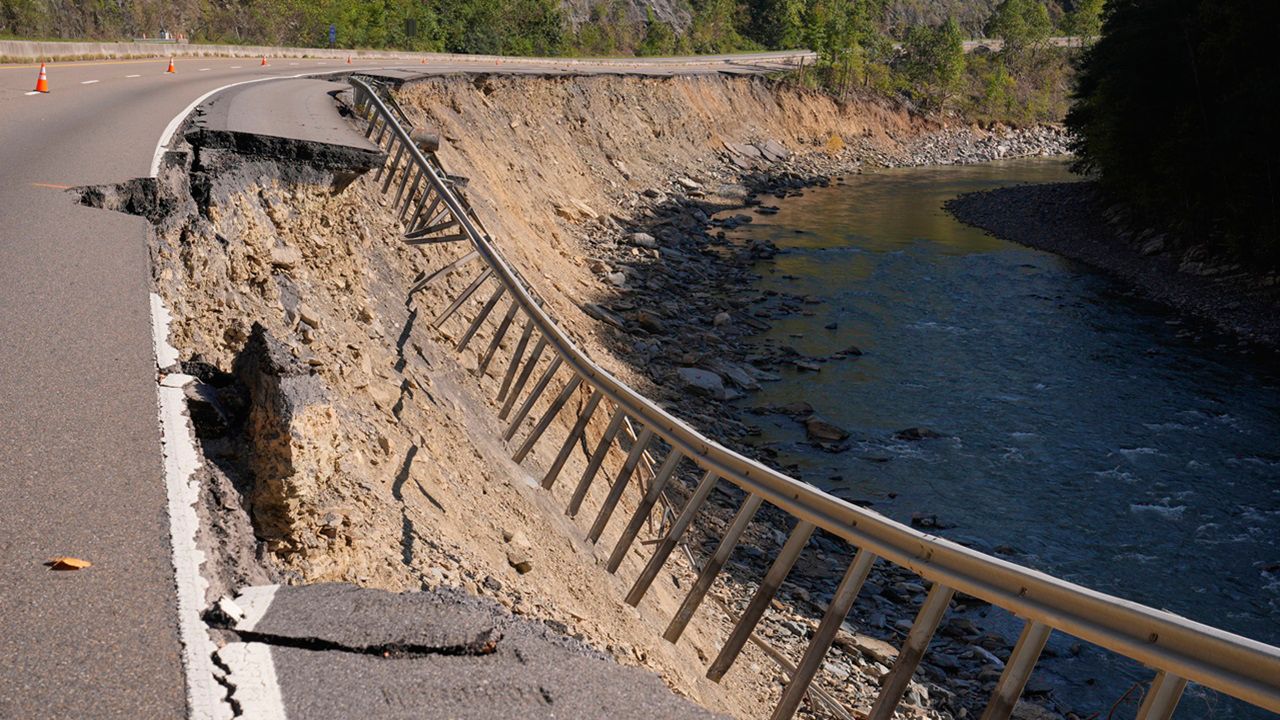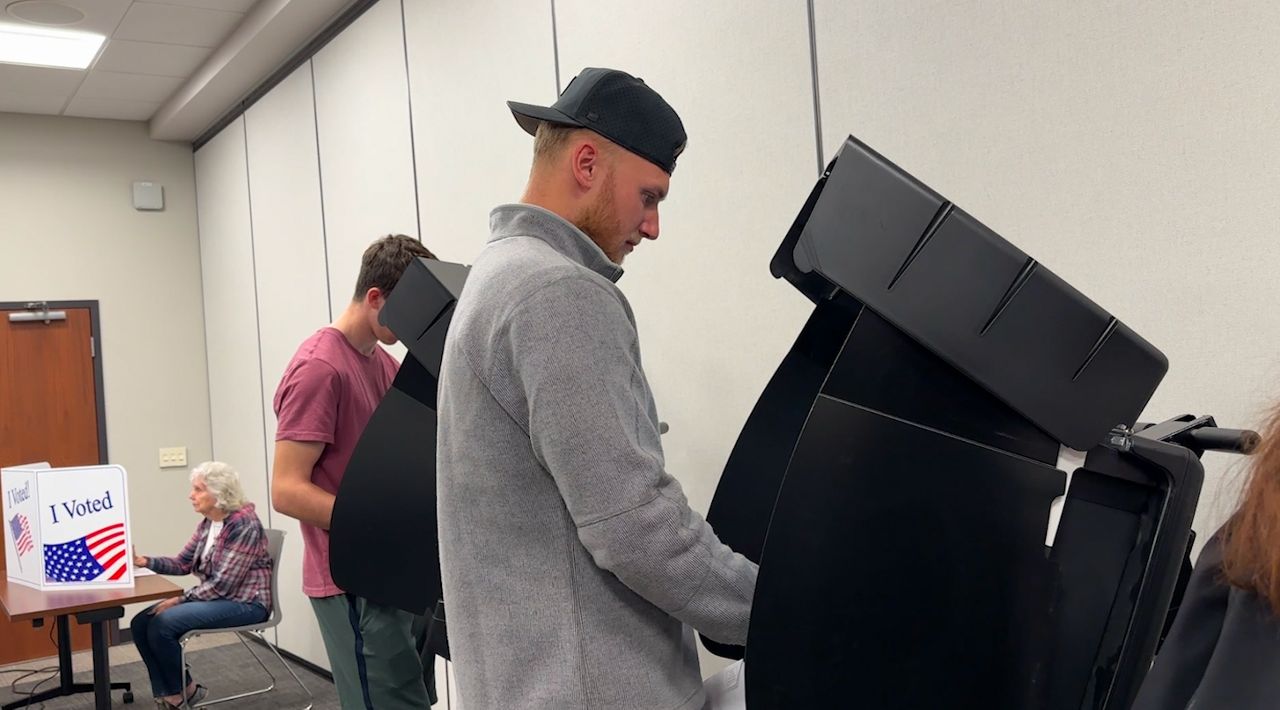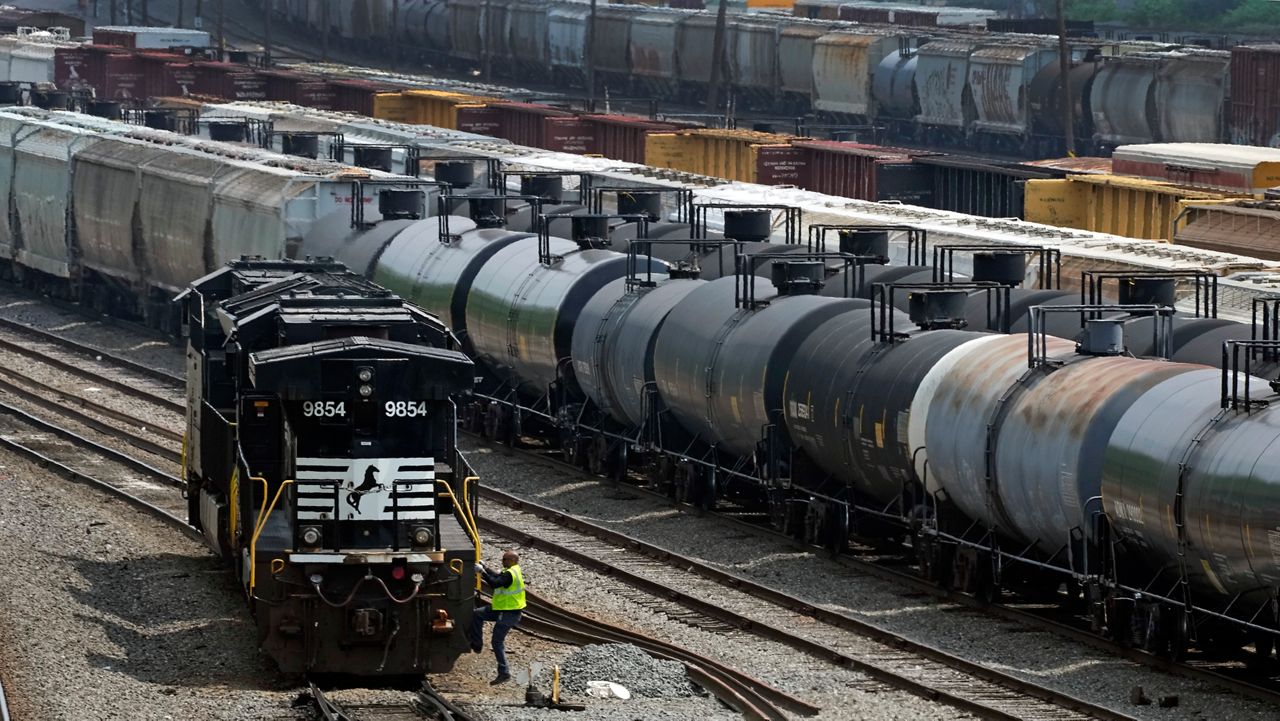RALEIGH, N.C. — A meeting Monday afternoon will gauge how the Raleigh City Council decides how to use tax dollars. Between January 1 and the end of February, the city put out a community survey to learn how people want their money spent.
Raleigh City leaders, including the mayor, attended a work retreat in Durham
Focus was on increasing affordable housing options and improving public transit
City councilors toured a housing project in Durham on Willard Street
The top agenda item for this afternoon’s meeting is planning and development.
Those areas of focus were discussed by Raleigh Mayor Mary-Ann Baldwin in late January, when she and city councilors rode the Amtrak to Durham.
A steady stream of movers to Raleigh raises serious questions about the future of infrastructure. An independent research firm, Woods & Poole Economics out of Washington D.C., estimated more than 2.65 million people will be living in the Raleigh-Cary greater metro area by 2060.
Spectrum News 1 was invited aboard the Amtrak for the mayor and council's retreat. Their goal: finding realistic solutions for affordable housing and public transportation.
In some ways, it was like any other train ride to Durham, but in other ways, it was not.
This is the first time viewers saw Raleigh’s mayor take the train to work.
“One of the things you realize is this is a stress-free way to travel,” Baldwin said.“One of the things you realize is this is a stress-free way to travel,” Baldwin said.
There are plenty of scenic views, reclining seats and plenty of leg room for passengers.
“It gives you the opportunity to get work done (and) talk to each other. It's not like driving in a car,” the mayor said.
Many in the Triangle would love a commuter rail.
Right now there is not one. Baldwin believes that’s a problem.
“What we don't want to have happened is 10 years from now, people cannot get to their jobs in Raleigh or from other counties, and people can't get to RTP,” she said in reference to the Research Triangle Park.
The retreat to Durham was more or less a professional field trip to see what Raleigh can learn from the Bull City.
“If we don't take this issue seriously, we're going to be in trouble,” Baldwin said.
Delaying planning for the inevitable could derail the future. Mainly because the supply of housing and transportation options is not keeping up with the demand of people who will need them.
Based on the latest U.S. Census data, the Raleigh metro area continues to be in the top 10 fasting-growing metro areas in the country.
Leaders met at the GoDurham bus station to workshop ideas for the last weekend in January.
Some answers lay beyond these team-building exercises outside in the real world.
Down the street was an affordable housing project completed within the last decade.
A team from the Downtown Housing Improvement Corporation is giving a tour of one of its properties. It’s a stone’s throw from the bus station.
What the team knows is what Raleigh city delegates wanted to find out.
The Willard Street apartments location was once a vacant lot. A DHIC representative said building the multi-million-dollar structure required a mix of public and private dollars. The Durham Housing Authority subsidized 21 of the units with the other 61 available for folks who make no more than 60% of the area’s median income.
The City of Raleigh’s website says it has about 3,000 affordable housing units within city limits. The goal is for 5,700 total built by 2026.
Voter-approved bond funding for $80 million has been dedicated to that endeavor to make it happen.
Raleigh Mayor Pro Tem Corey Branch said they need to find private dollars.
“We have just got to find more partners to help us out,” Branch said.
What is constantly growing is the public’s interest in finding faster ways of getting back and forth from Durham to Raleigh. Google maps show current drive times during rush hour traffic can be more than one hour.
For decades, there has long been talk about connecting the region by rail. It could turn drivers on busy interstates into passengers on railways.
Yet a spokesperson from GoTriangle, the region’s hub for city and county public transit partnerships, confirms there is no date on when construction on the proposed $3.2 billion endeavor begins.
Traffic congestion will only get worse, and the mayor says cooperation is key to a better future.
“It's really about the community and how we get things done that we have to get done. And that takes leadership. It also takes, I keep going back to the word 'relationships.' It takes relationships with our fellow colleagues in Durham,” Baldwin said.
A feasibility study on the connector rail wrapped up in February. This recent report shows the region will add more than 800,000 jobs by 2050. Furthermore, the report reveals up to 27% of those in affordable housing live within a mile of the potential corridor.








